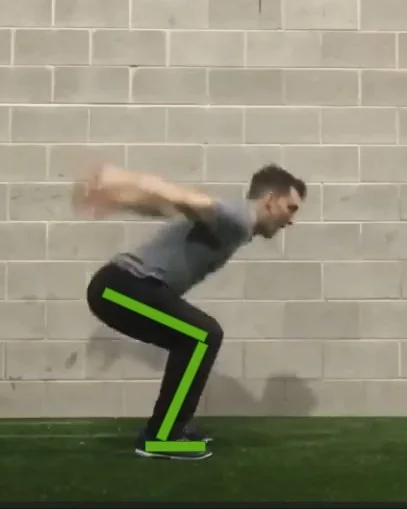With the knowledge of the previous posts put together, I would like to cover why we tend to anticipate actions. Why does going backward help us move forward, why does going down help us go up, and how does this counterintuitive idea of going in the opposite direction make us move more efficiently?
Read MoreIn the previous posts, we've covered the joint's range of motion and how muscles pull on them to create movement. Today, we'll dive a little bit deeper and see how both the shape of bones and muscle attachment to them interact to create a lever-like system.
Read MoreIn this little series of posts, I want to simplify and make the topic of anatomy accessible. My focus will be mostly on understanding the biomechanics of movement. In this post we'll focus on muscles and how they function.
Read MoreIn this little series of posts, I want to simplify and make the topic of anatomy accessible. My focus will be mostly on understanding the biomechanics of movement. We'll focus on the joints and muscles that make us move.
Read MoreIn this post we'll take a look at where different types of breathing happen in the body and the area and muscles if requires. Then, we'll analyze different type of more or less common breathing patterns, taking into consideration their speed and where breathing happens.
Read MoreThe concept of the triune brain originated from neuroscientist Paul D. MacLean around the 1960s as a way to explain the different stages through which the brain evolved.
Read MoreLike mirroring postures, synchronized walking is normally a sign of friendliness and sociability.
Read More





